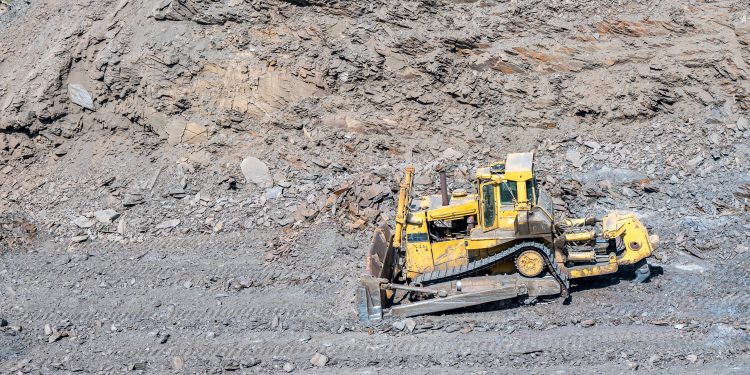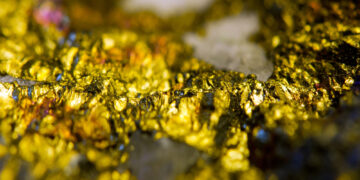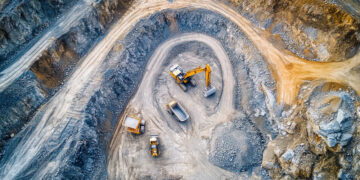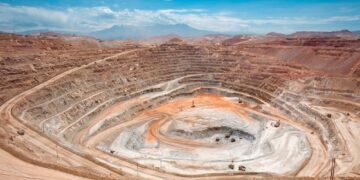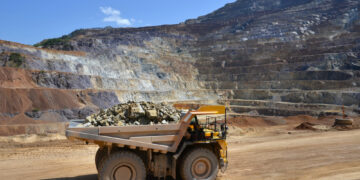Saudi Arabia’s recent advancements in its mining sector have been recognized internationally, with the country being hailed as the most rapidly advancing regulatory and investment-attractive environment in the world over the previous half-decade, according to a recent report.
An English-based independent research and consultancy entity, MineHutte, has ranked the Kingdom as the second-leading nation globally for its mining license environment.
The significant rise in the issuance of exploitation licenses, a whopping 138 percent since the enactment of the new Mining Investment Law in 2021, underscores the Ministry of Industry and Mineral Resources’ commitment to enhancing mineral production and attracting investments. The number of permits jumped from eight to nineteen in the past year.
These efforts are part of a broader initiative to cement mining as a core pillar of industrial activity in Saudi Arabia, which is believed to possess mineral resources valued at an estimated SR9.4 trillion ($2.4 trillion).
Emma Beatty, the Chief Operating Officer and Research Director at MineHutte, lauded the Kingdom’s transformation as the most significant at both regional and international scales in the past five years.
Beatty attributes the impressive climb in the international rankings to reforms in the regulatory, legislative, and infrastructure aspects of the Kingdom’s mining sector.
MineHutte’s report also shed light on Saudi Arabia’s progress in financial policies, placing it among the top ten nations in this respect. Furthermore, the Kingdom has seen considerable improvements in its legislative and regulatory framework, making it one of the most favorable mining jurisdictions globally.
The report also highlights Saudi Arabia’s mining sector development, which began with the introduction of a comprehensive mining strategy and mineral industries in 2018. This strategy is aimed at maximizing the value derived from natural resources, bolstered by the development of the mining investment law, which provides a transparent and welcoming environment for investors.
Khalid Al-Mudaifer, Deputy Minister for Mining Affairs in the Ministry of Industry and Mineral Resources, echoed that the country’s prominent global position is the fruit of persistent efforts spanning the last five years to evolve the mining sector.
Earlier this year, the estimates for untapped mineral wealth in the Kingdom, including phosphate, gold, and rare earth elements, were revised upwards to $2.5 trillion from a 2016 projection of $1.3 trillion, as stated by the mining minister. Bandar Alkhorayef pointed out that this increase is not only due to the discovery of new resources like rare earths but also a reassessment of commodity prices.
Alkhorayef noted that rare earth minerals, crucial for electric vehicles and high-tech products, account for 10 percent of the revised estimate. Mining is a key component in Riyadh’s strategy to diversify its economy beyond oil, focusing on abundant reserves of phosphate, gold, copper, and bauxite.
Since the inception of Vision 2030, Saudi Arabia has been actively pursuing economic diversification, with mining earmarked as a fundamental pillar for industry development within the transformation plan, the report concluded.
The exhaustive analysis by MineHutte, in collaboration with Mining Journal, serves as a reliable resource for industry stakeholders and investors worldwide, guiding their decisions on investment locations through a comprehensive evaluation of laws, governance, infrastructure, incentives, and social standards.
